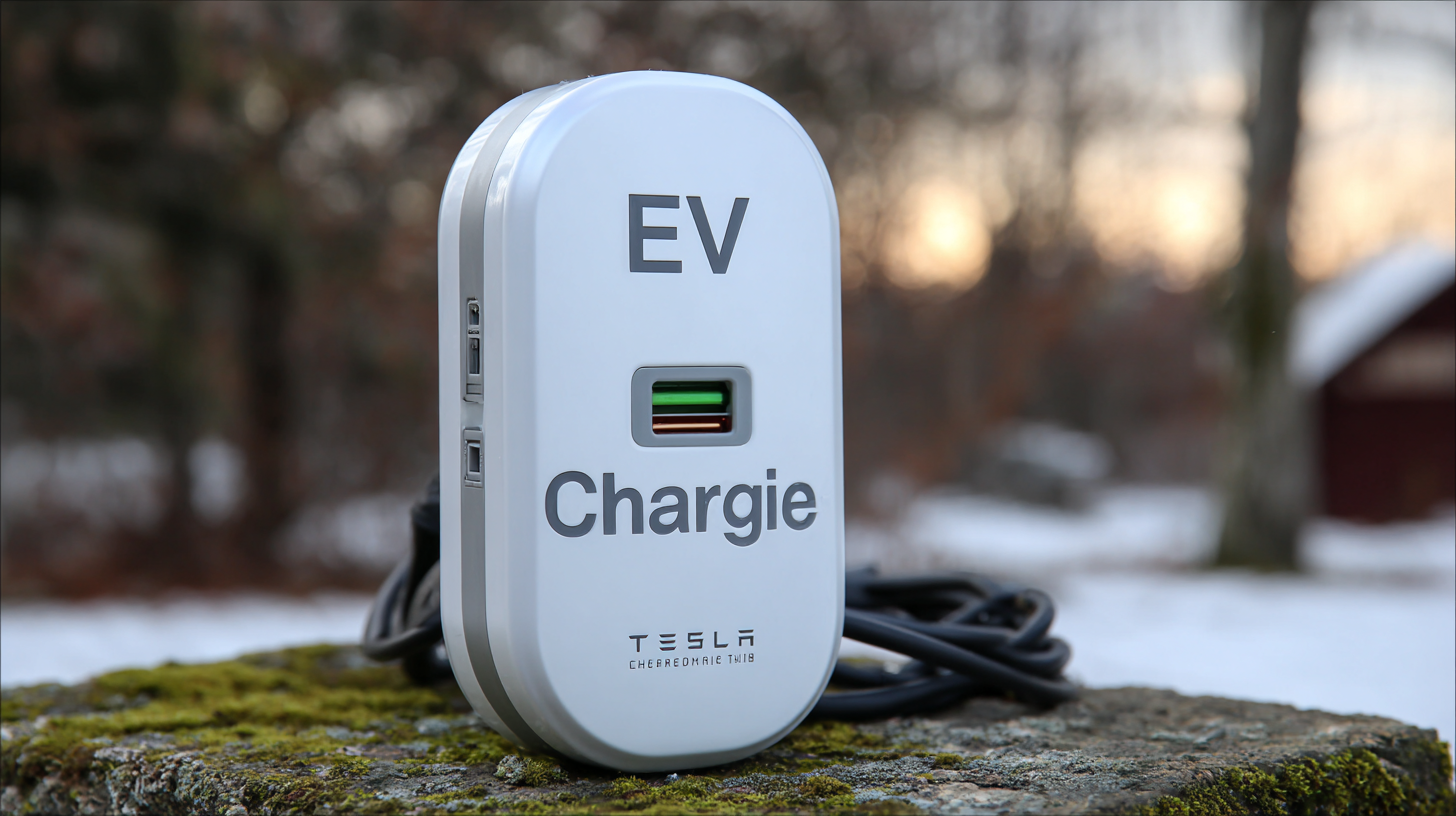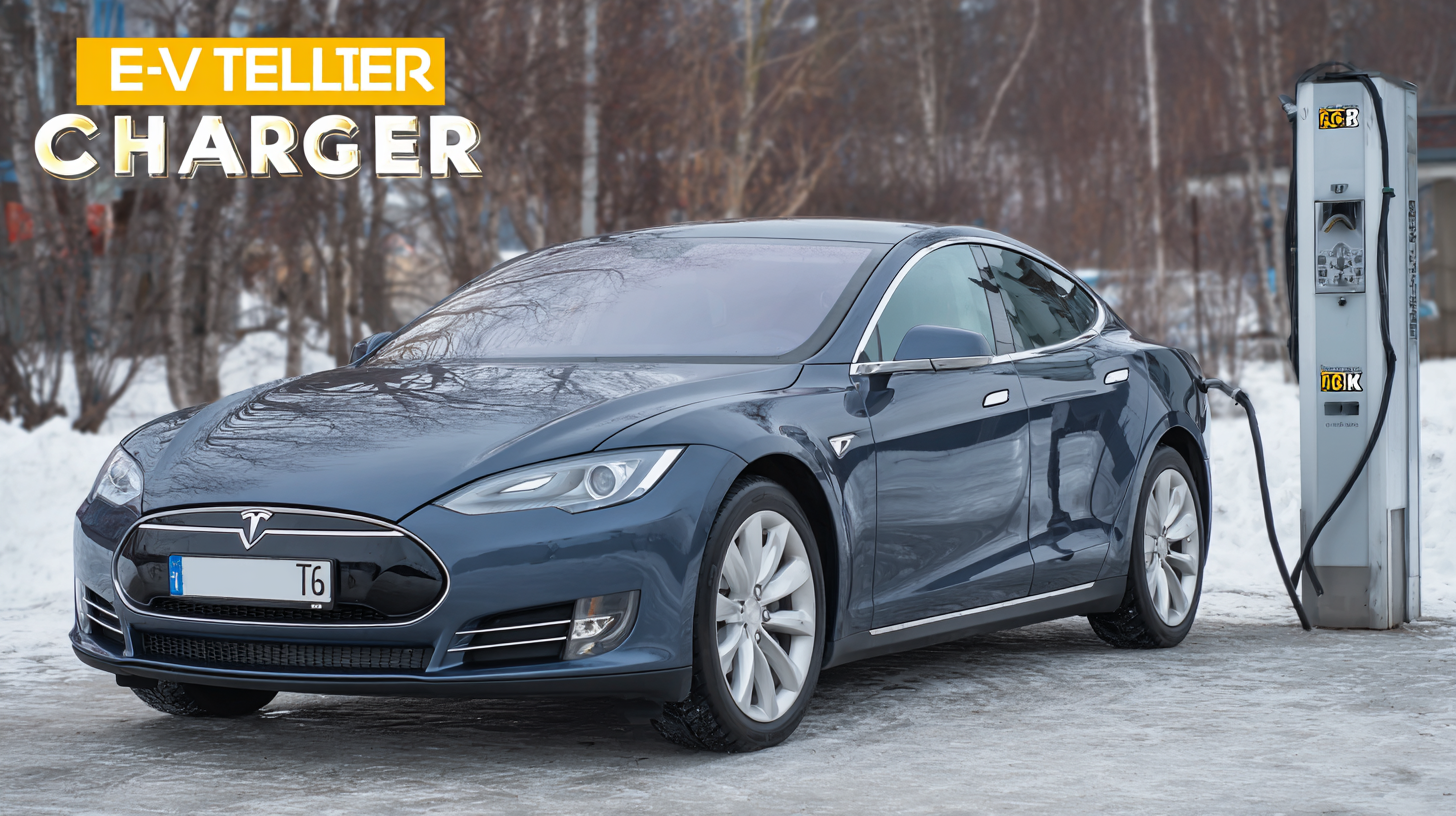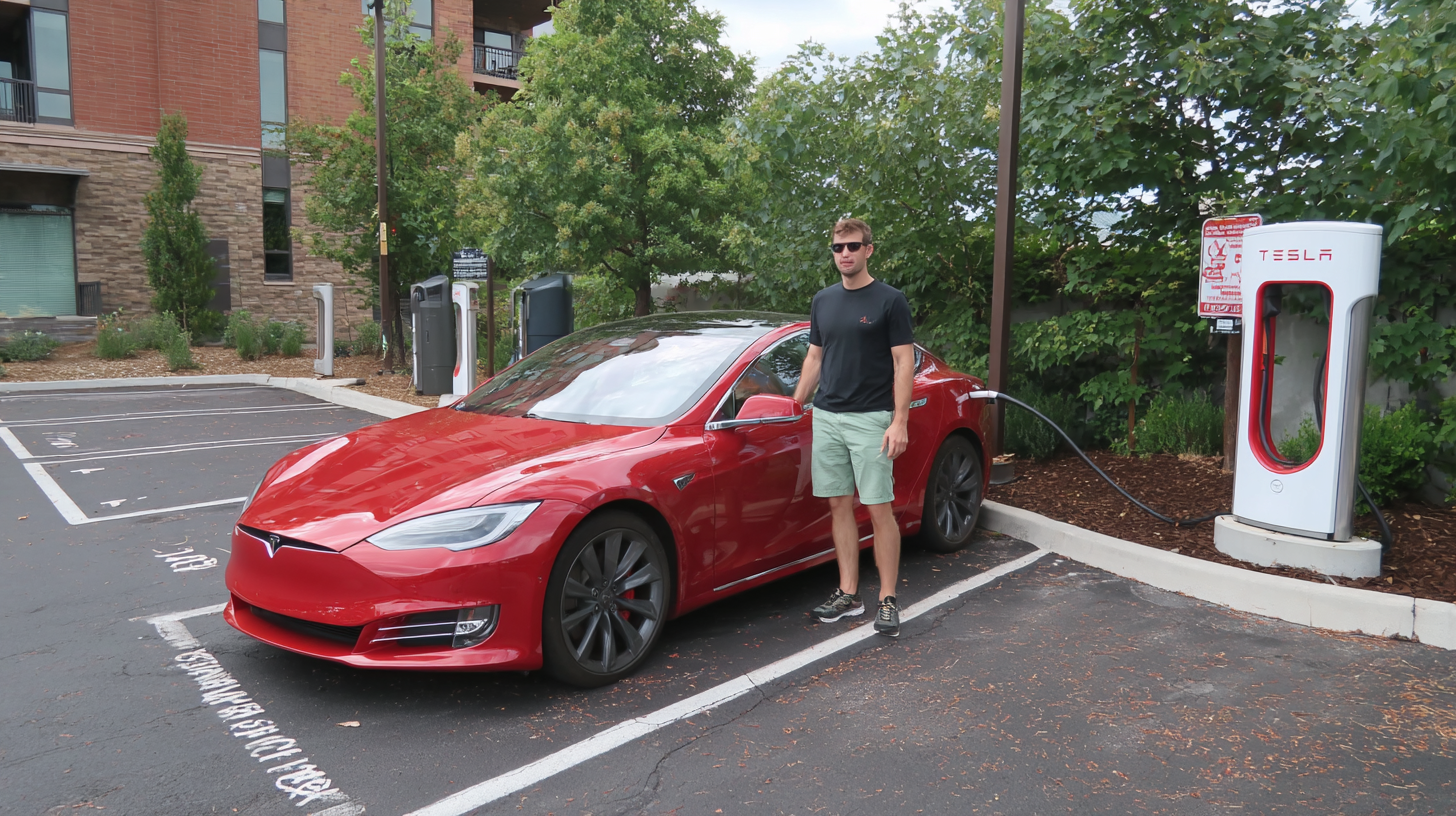As electric vehicles (EVs) gain traction in the automotive market, the demand for efficient charging solutions, specifically for models like the Tesla, has surged. According to a recent report by the International Energy Agency, the number of electric vehicles on the road surpassed 10 million in 2020, with Teslas leading the charge in sales. With this rapid increase, choosing the right EV charger Tesla becomes crucial for optimizing the electric driving experience. Industry analyses indicate that having a reliable home charging system can reduce charging time by up to 50%, drastically improving convenience for EV owners. Furthermore, as seen in studies conducted by the U.S. Department of Energy, the availability of fast chargers in urban areas can enhance the overall appeal of electric vehicles, making well-considered charging solutions essential for Tesla drivers looking to maximize their vehicle's performance and accessibility.

When selecting an EV charger for your Tesla, understanding the charging specifications and compatibility is crucial. Tesla vehicles typically come with a standard Type 2 connector, allowing them to be charged with both Tesla and third-party chargers. This versatility is a key feature that makes selecting the right charger easier, but it’s important to ensure that any charger you consider meets Tesla’s charging standards for optimal performance.
Tip: Always check the power output of the charger. Tesla’s vehicles support various charging speeds, so a Level 2 charger, which offers faster charging than a regular outlet, is often recommended. For home installations, a charger with at least 240 volts is ideal.
Compatibility doesn't stop with the connector; features such as Wi-Fi connectivity and app integration can enhance your charging experience. Some chargers offer real-time monitoring of charging status, which can be a significant benefit for Tesla owners who want to track their energy consumption and charging times.
Tip: Consider charger features that cater to your lifestyle. If you frequently charge at home, investing in a smart charger that allows for scheduled charging during off-peak hours might save on energy costs. Make sure to verify that any charger you select aligns not only with your Tesla model but also with your home utility setup for a seamless charging experience.

When choosing an EV charger for your Tesla, it is crucial to focus on key features that ensure optimal performance. Look for chargers that support efficient charging options such as three-element polymer lithium batteries and LifePo4 batteries. These battery types provide enhanced energy density and longevity, making them suitable for electric vehicles. The integration of advanced thermal insulation materials within the charging infrastructure can also enhance performance and safety, particularly in varying regional climates.
Moreover, it's essential to stay updated on the latest advancements in battery technology as the market evolves. For instance, the production of low-cost, high-performance LMR batteries is set to revolutionize the EV landscape, promising significant improvements in ranges, such as electric pickups exceeding 400 miles on a single charge. As we look towards 2033, the EV battery market is expected to grow, driven by innovations in materials like polypropylene and polyester films, which contribute to better efficiency and thermal management. Choosing a high-quality EV charger that leverages these advancements will enhance your Tesla experience and ensure that you stay at the forefront of electric vehicle technology.

When it comes to charging your Tesla, understanding the differences between Level 1, Level 2, and DC Fast Charging is essential for optimizing your driving experience. Level 1 charging, which uses a standard 120V outlet, provides about 3-5 miles of range per hour. While this method is convenient for overnight charging, it may not meet the needs of most Tesla owners who require quicker turnaround times. According to the U.S. Department of Energy, this option is generally best for occasional use or for those with short commutes.
On the other hand, Level 2 charging can significantly enhance your charging efficiency. Utilizing a 240V outlet, Level 2 chargers deliver approximately 25 miles of range per hour, making it an excellent choice for home installations or public charging stations. A report by the California Energy Commission indicates that over 90% of public charging infrastructure is Level 2, demonstrating its popularity among electric vehicle users.
For those who need rapid charging, DC Fast Charging is the ultimate solution, capable of adding up to 170 miles of range in just 30 minutes, according to Tesla's own specifications. This technology is primarily available at Tesla Supercharger stations across the globe, making long road trips both feasible and convenient. The ability to recharge quickly ensures that Tesla owners can maintain their road trip plans with minimal interruption.
When it comes to electric vehicles (EVs), the quality of the charger you choose can significantly impact your Tesla's battery life and overall efficiency. Studies indicate that high-quality chargers minimize energy loss during the charging process, typically around 3-5%, compared to lower-end options, which can result in energy losses as high as 10%. This efficiency not only ensures a quicker charge but also prolongs the lifespan of your Tesla's battery by reducing stress and thermal degradation.
Tips for optimal charging: Always opt for Level 2 chargers as they deliver a more balanced power supply and are less likely to overheat, which can degrade battery performance. Regularly checking the connections and ensuring the charger is clean can also help maintain optimal charging conditions. Moreover, investing in a smart charger allows for scheduling charges during off-peak hours, which can enhance charging efficiency and potentially lower utility costs.
Furthermore, research from industry experts suggests that using higher-quality charging cables can lead to improved conductivity, resulting in faster and more efficient charging. A well-maintained charger can help prevent voltage drops, which not only enhances your charging experience but also safeguards your vehicle’s battery health over time. Choosing the right charger is thus essential, not just for immediate convenience, but for ensuring that your Tesla remains in prime condition for years to come.
| Charger Type | Output Power (kW) | Charging Time (hrs) | Impact on Battery Health | Efficiency Rate (%) | Cost ($) |
|---|---|---|---|---|---|
| Level 1 Charger | 1.4 | 24-36 | Minimal Impact | 85 | 300 |
| Level 2 Charger | 7.2 | 8-10 | Low Impact | 90 | 500 |
| DC Fast Charger | 50 | 0.5-1 | Moderate Impact | 95 | 200,000 (installation) |
| Ultra Fast Charger | 350 | 0.2-0.5 | Higher Impact | 98 | 250,000 (installation) |
The electric vehicle market is witnessing a significant shift, particularly with the rise of made-in-China EV chargers. As global demand for electric vehicles continues to grow, manufacturers in China are stepping up to meet this demand with innovative and cost-effective charging solutions. These chargers not only support a variety of electric vehicles but are also designed with smart technology that enhances user experience. The affordability and efficiency of Chinese chargers make them an attractive option for Tesla owners looking to optimize their charging setup.
When selecting an EV charger, consider these tips:
In addition to these considerations, exploring user reviews and industry certifications can further guide your choice. It's essential to invest in a charger that not only meets your current needs but also aligns with future advancements in EV technology. As the market evolves, so will the options available, particularly from innovative manufacturers in China.








